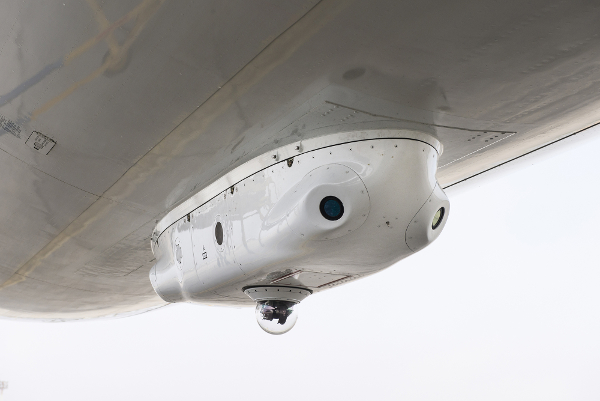The Indian Air Force is set to install modern search and rescue (SAR) equipment on hundreds of transport planes and helicopters, significantly enhancing their capability to swiftly detect and locate aircraft and men in distress, two senior officials said on condition of anonymity.
The planes are getting the new systems weeks after 13 men were killed in an Antonov AN-32 crash in Arunachal Pradesh on June 3, with the wreckage found eight days later as the emergency beacon on board the Soviet-origin aircraft failed to alert SAR crews.
While the mishap placed SAR systems on board aircraft and their efficacy under the spotlight, the deal with Israel for new equipment predates the An-32 crash.
Israeli defence electronics company Elbit Systems is providing the comprehensive SAR package to the IAF at a cost of $45 million under a deal signed two years ago.
The change involves fitting emergency locator transmitters (ELT) and airborne locator systems (ALS) on various kinds of flying machines such as Dornier planes, Avro aircraft, Mi-25 and Mi-35 helicopter gunships, Mi-17 choppers and Cheetah and Chetak helicopters, said one of the officials cited above.
“Currently, these platforms are equipped with rudimentary SAR systems. The new gear will equip them with excellent SAR capability. The process of fitting the systems on the planes will begin soon,” he said.
Interestingly, the new SAR systems will not be fitted on the An-32s as that was covered under a $400-million deal signed with Ukraine in 2009 to modernise the planes after 13 men were killed in a previous crash in Arunachal.
Apart from the ELT and ALS, Elbit Systems will also supply personal rescue beacons (PRB) to the IAF, a safety device carried by fighter pilots in their emergency vests to alert SAR teams in the event of an ejection or a crash.
The deal with Israel is for around 350 ELT, 160 ALS and more than 4,300 PRB, said the second official cited above.
Experts said it was critical to equip aircraft with new SAR systems.
“There have been several instances of aircraft going missing and SAR crews taking days to locate them. Given the vast and sometimes treacherous terrain over which the IAF operates, the new equipment will improve SAR capabilities tremendously,” said Air Marshal KK Nohwar (retd), director general, Centre for Air Power Studies.
The An-32 that crashed on June 3 was equipped with an ELT in the cargo section but it did not broadcast any distress signal to reveal the location of an aircraft. Its wreckage was visually sighted by a Mi-17 SAR crew.
The second official said the IAF was examining if the ELT on the An-32 could be relocated to a different section of the plane to improve its utility as it is activated due to high G-forces on impact.
The missing plane was a speck in a treacherous search zone spanning hundreds of square kilometers dotted with towering ridges, thick forests and deep valleys.
Source: HT
Image Courtesy: Satellite Evolution Group
You may also like
-
IAF Aircraft Set Course For Exercise Eastern Bridge VII At Oman
-
IAF Set To Host The Indian Defence Aviation Exposition-II At Jodhpur
-
Defence Secretary to co-chair 5th India-Philippines Joint Defence Cooperation Committee meeting in Manila
-
Simultaneous Launch Of ‘malpe And Mulki’, Fourth And Fifth Ships Of Asw Swc (Csl) Project
-
Aatmanirbharta in Defence: MoD signs Contract with HAL for 240 AL-31FP Aero Engines for Su-30MKI Aircraft
